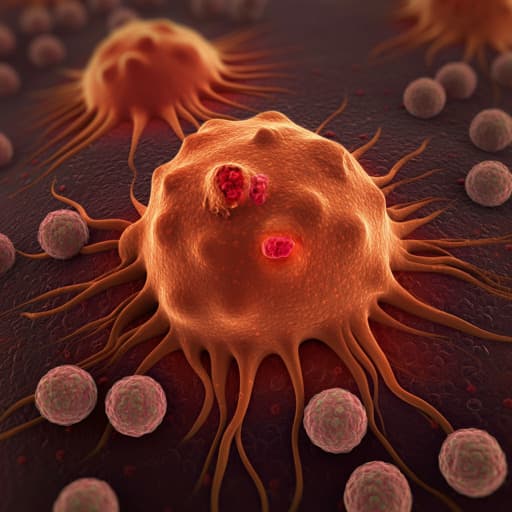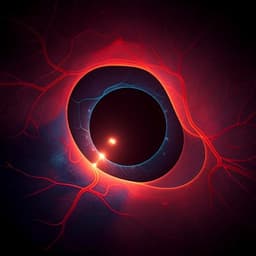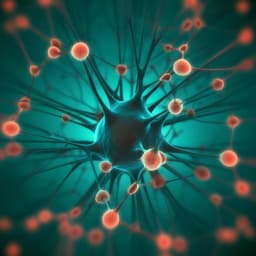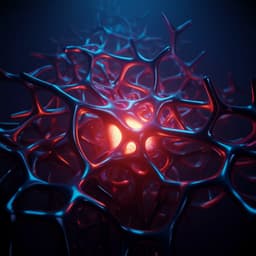
Medicine and Health
Automated System for Colon Cancer Detection and Segmentation Based on Deep Learning Techniques
A. T. Azar, M. Tounsi, et al.
This research, conducted by Ahmad Taher Azar and colleagues, delves into deep learning techniques for colon cancer classification, aiming at early prediction for timely treatment. The team evaluated several optimizers and achieved remarkable accuracy, particularly with the CNN-Adam technique. Discover how these advancements can impact future cancer treatment!
~3 min • Beginner • English
Related Publications
Explore these studies to deepen your understanding of the subject.







